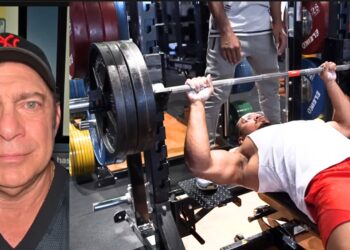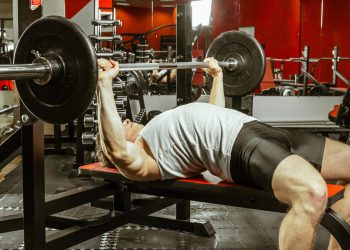I have been procrastinating somewhat when it comes to writing this article. To officially crown an upper body lift as being superior really is a matter of opinion to a large degree. I will be providing what I feel is evidence to support my own case, but in reality, the result of this Vs battle to end all upper body Vs battles could go in any direction depending on the criteria of the evaluator.
The bench press vs the pull-up vs the shoulder press, right here, right now.
Keep in mind I’m not talking about any of these exercises as far as them being muscle specific building exercises. I have done numerous comparisons in that regard and all of the links to those articles are below. I’m strictly looking at which exercise is the one exercise you should do, if you were to only do one, to develop your upper body to it’s fullest as far as muscle mass is concerned. Of course, doing all of them is ultimately the way that all of us go about it and that is, in fact, the right way, but that’s a pretty boring article: Bench, Pull-up And Overhead Press Your Way To A Big And Strong Upper Body. You wouldn’t even need to read any further.
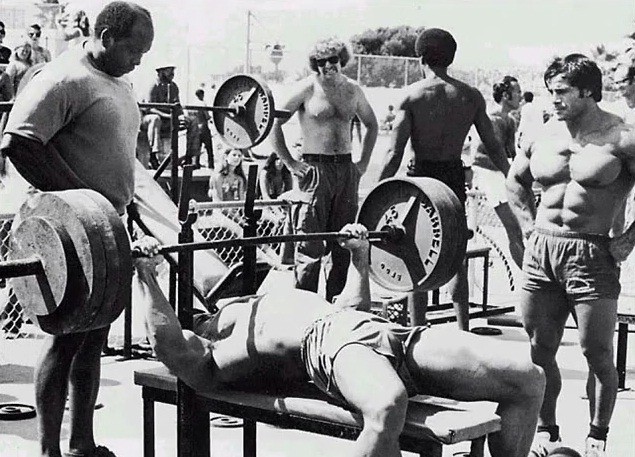
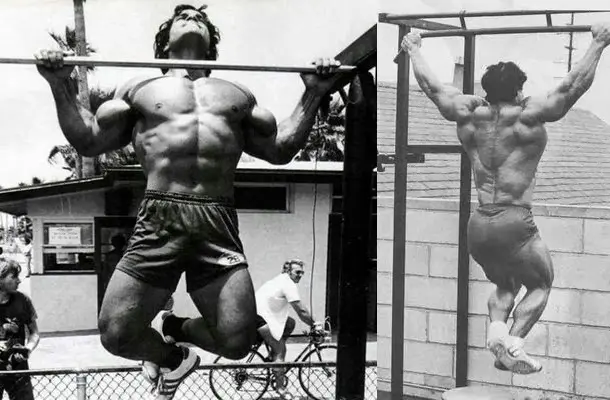
I’m going to spoil this, however, and declare the winner to be the lift I haven’t even discussed yet and that is the shoulder press. So far we are basically talking about two lifts that favor either the front or back of the upper body. If you wanted a winner between the two lifts discussed so far, arguably the pull-up would be the lift I would favor simply because the muscles of the back are so much larger than the muscles of the chest, meaning more mass will be built based on growth potential alone. I’ve wandered off topic though because I was crowning the winner and have yet to discuss why.
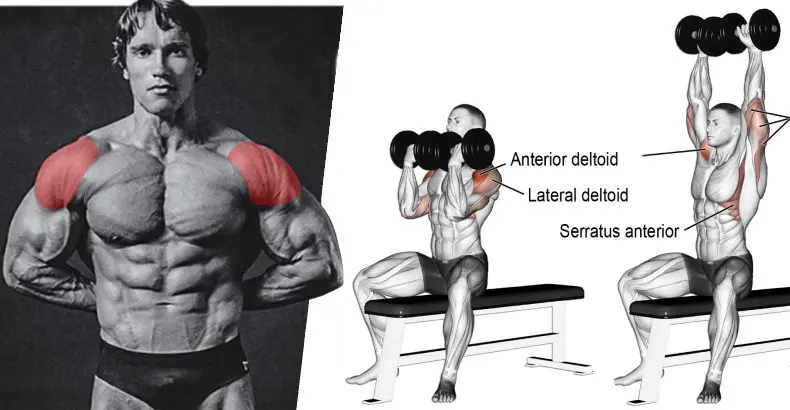
Level Up Your Fitness: Join our 💪 strong community in Fitness Volt Newsletter. Get daily inspiration, expert-backed workouts, nutrition tips, the latest in strength sports, and the support you need to reach your goals. Subscribe for free!
The muscles that most associates with this exercise are the deltoids, the triceps and the upper chest, and this is true although it doesn’t tell the entire story. In order to get to what is really happening during this movement, we need to look deeper. The first part of the exercise involves the abduction of the glenohumeral (GH) joint until your upper arm is about parallel to the ground. From that point to the full extension of the elbows, there will be adduction of the GH joint as the arms are brought back towards the midline of the body. Throughout the entire movement, the GH joint is externally rotated, and the scapula will drive the GH joint movement by superiorly rotating as the arms are extended above the head.
This means that in this one seemingly simple press there is abduction, adduction, external rotation of the GH joint, the extension of the elbow and superior rotation of the scapula. That is a very diverse set of actions that your body must undertake to complete this exercise.
The muscles involved in this complex series of actions are many as well. In the abduction phase, there is the lateral deltoid, the supraspinatus and the biceps brachii. In the adduction phase, there are the front and rear deltoids, teres major, latissimus dorsi, pectoralis major and the corbrachialis. The infraspinatis, teres minor and rear deltoid are involved in the external rotation. The triceps brachii are involved in the elbow extension and the superior rotation of the scapula involves the muscles of the trapezius and serratus anterior.
Did you catch all of that? The reason for this is that the shoulder is in fact an extremely delicate and vulnerable joint. So many muscles must be used to drive the weight upwards while keeping the integrity of the joint stable.
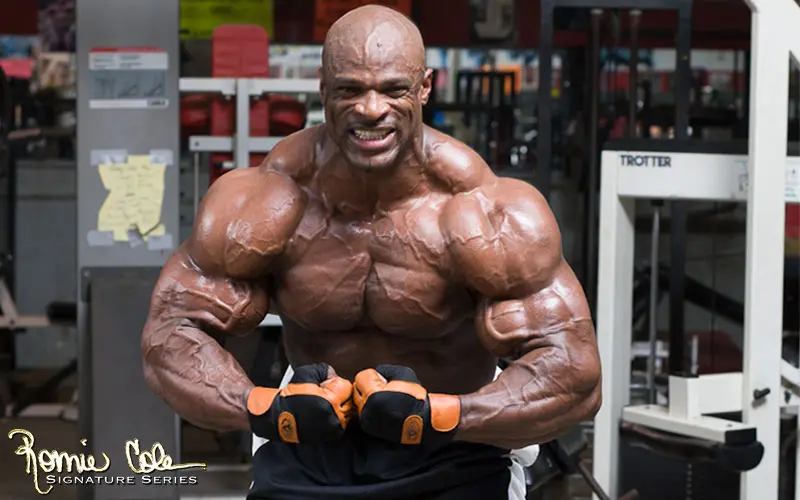
All of this means that if for some reason you are forced to choose only one upper body exercise to perform for now and forever, then the choice is simple. Furthermore, if you are seriously pressed for time and you can only get into the gym once or twice in the next week then choosing exercises with the greatest possible upside is paramount. For the rest of the time, just make sure that the overhead shoulder press takes a prominent place in your training. Until next time,
Happy Lifting!
- The Squat Vs The Leg Press
- Traditional Vs Sumo Deadlift
- The Pull Up Vs The Pulldown
- The Bench Press Vs The Dumbbell Fly
- The Standing Vs Seated Overhead Press
- Crunches Vs Planks: The Best Exercise For Ripped Abs
- The Deadlift Vs The Pull Up Vs The Barbell Row
- EZ Curl Bar And Preacher Curls Vs Barbell And Dumbbell Curls
- Compound Vs Isolation Movements
- Free Weights Vs Machines
- Dips Vs Bench Press: The Best Chest Building Exercise
- The Romanian Vs Stiff Leg Deadlift
- Whey Vs Casein
- Dips Vs Close Grip Bench Press Vs Skullcrushers
- Bench Press Vs Pull-Ups Vs Shoulder Press – The Best Upper Body Lift





